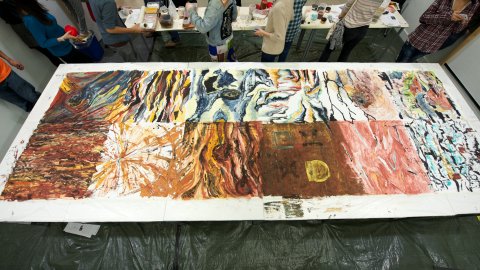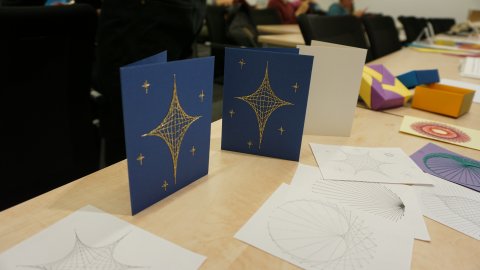The random paraxial wave equation and application to correlation-based imaging
Abstract
We analyze wave propagation in random media in the so-called paraxial regime, which is a special high-frequency regime in which the wave propagates along a privileged axis. We show by multiscale analysis how to reduce the problem to the Ito-Schrodinger stochastic partial differential equation. We also show how to close and solve the moment equations for the random wave field. Based on these results we propose to use correlation-based methods for imaging in complex media and consider two examples: virtual source imaging in seismology and ghost imaging in optics.





